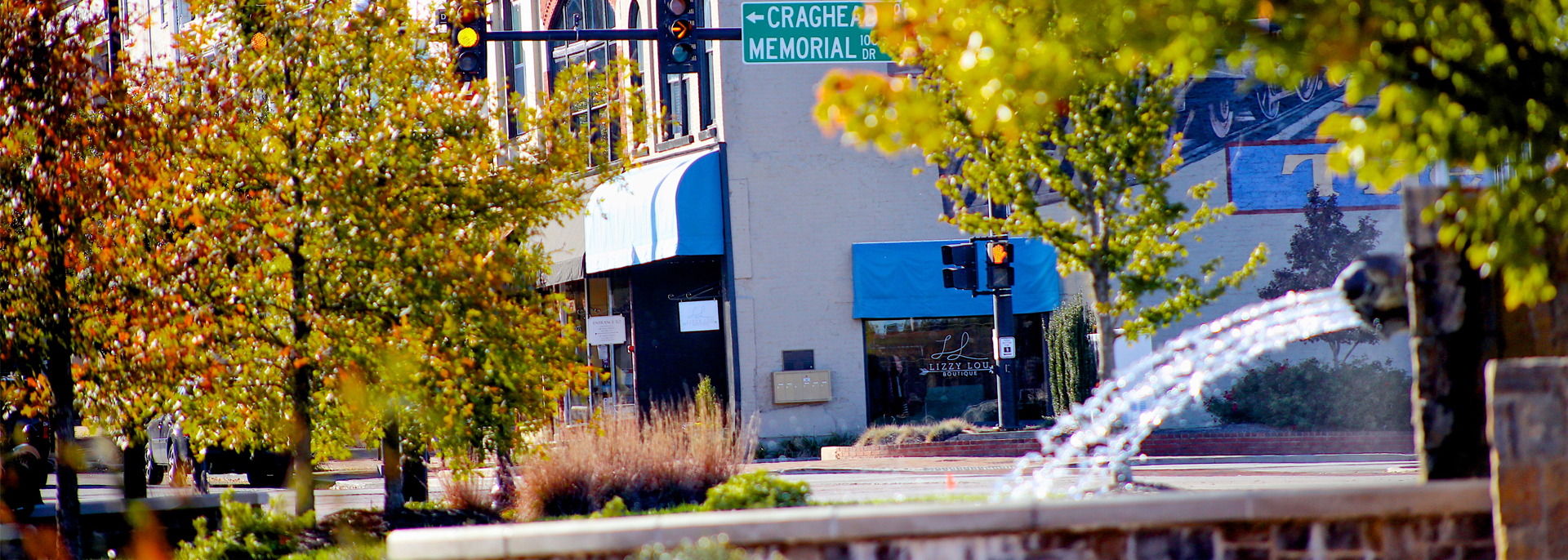

Post-Pandemic Recovery - Carl R. Fox
A Note from DRF: A question we find ourselves asking right now is what communities will look like and how they will operate in a post-pandemic world. As restrictions are lifted, we may freely move about more but some businesses, organizations and those in the workforce will still struggle to recover for some time to come. DRF asked our friend Ted Abernathy with Economic Leadership LLC to curate some thoughts on the subject from leaders across the United States to help us think about what’s next.
Post-pandemic, I think some things will remain the same, while others will revert back to pre-pandemic norms. First, most people appear to be committed to wearing masks during the pandemic, while a sizable minority was initially on-board, but later revolted against mask wearing. Based upon my observations in North Carolina, Tennessee, Arkansas, Mississippi, Alabama, Georgia and South Carolina, it appears that there is a direct correlation between the level of education and mask wearing. From what I observed, it appears that the higher the education level, the greater the acceptance of and conformity with mask wearing. However, there are limitations.
I have often observed that even “the enlightened” have a tendency not to wear masks in open air settings like parks, trails, and neighborhood sidewalks. Occasionally, they carry masks and put them on upon seeing someone approaching. At other times, they cross the street, or otherwise create distance between themselves and others, especially those wearing masks.
Indoors, such as in stores and restaurant where masks are required, the majority of patrons appear to be compliant and only a minority fail to comply. Limitations on entry such as quotas and masks, definitely increase compliance with mask wearing. However, because masks are seen as necessary to reduce the spread of the virus, I believe that, except for those in high-risk categories, masks wearing will be a thing of the past post-pandemic.
Second, most people appear to be observing the need for social distance and avoiding crowds and gatherings. Even when people are trying to social distance, others often forget the need for distance and violate the space. Except where “the social distance” is specifically marked on floors, sidewalks, walls, etc., it has been difficult to maintain. I think social distance will become a thing of the past post-pandemic. We are social beings and maintaining an artificial distance has been tough. It just goes against our natural tendencies.
That said, I believe that many jobs will remain home-based post-pandemic. Employers have realized a savings in overhead and suffered minimal losses in productivity with employees home-based. Not to mention, employees appear to have closer relationships with their families because they are working from home. Zoom and WebEx have been accepted as “the norm” for work, meetings and transactions, although few would have believed it possible in the beginning. Schools, colleges and universities will resume full-time classroom education post-pandemic.
Furthermore, with the soaring sales of Peloton and other workout equipment, gyms may find themselves fighting for survival post-pandemic. Grocery stores and convenience stores appear to be doing brisk business with full parking lots. From my experience, it is much easier to get “reserve time slots” to pick up online grocery orders than it was in August 2020.
Big box stores, like Walmart, Lowe’s, Home Depot and Target, do not appear to have reached their pre-pandemic level of patronage for at least three reasons. First, the stores do not appear to be fully staffed, so it is difficult to get assistance and there are longer waits to checkout. Second, more people who resorted to online shopping when in-person shopping was viewed as somewhat risky are finding they like the convenience and speed of online shopping, home delivery and curbside or parking lot pickup. For most stores, curbside pickup has little or no cost. Harris-Teeter charges $16.95/month or $99/annually. Whole Foods, Weaver Street Market, Lowe’s, Home Depot and many others charge nothing, if you meet a minimum order amount. Third, Amazon, Instacart and other online businesses. No business gets its online products to its customers faster than Amazon and Instacart.
Post-pandemic, Amazon will continue to be a major player for consumer spending. Although, because we are social beings, I believe some shopping centers and malls will make comebacks, but many will fail. Although many bars and restaurants have closed permanently, they will be replaced. While takeout and pickup food has been good, it just is not as hot, fresh and entertaining as being there. Movie theaters and concert venues will also make a strong comebacks post-pandemic. Watching movies and concerts on the “small screen” is just not the same as being in the theater or amphitheater.
On voting, I do not think we will ever see the number of votes cast by mail and absentee ballots in 2020 in any other election post-pandemic. It will not become the norm. In fact, I would be surprised if half of the number cast by mail and absentee ballot was reached in 2024.
Finally, while cleanliness and hygiene are important, pandemic or no pandemic, I think the sale of anti-bacterial wipes and hand cleaners will drop significantly post-pandemic. These products are harsh and skin drying, and I think they are more of a necessary evil than an absolute necessity. I think wiping down carts will continue for the foreseeable future. It just makes sense from a sanitation perspective.
Time will tell.